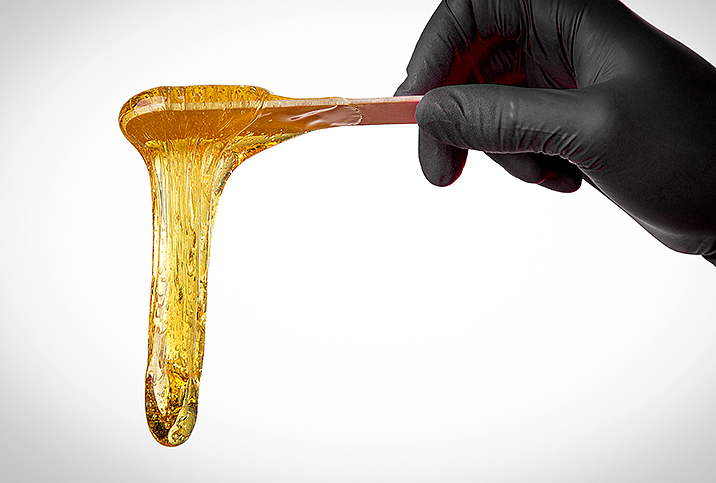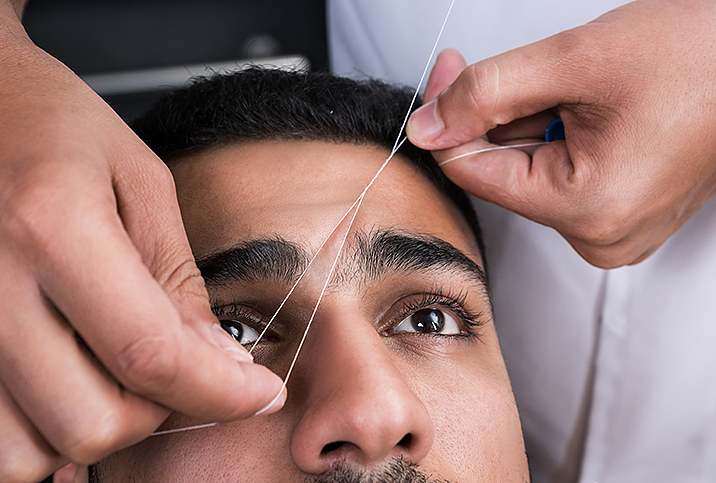Step by Step Through Laser Hair Removal

Both men and women can undergo hair removal procedures for aesthetic reasons, and one popular option is laser hair removal. Unlike waxing, shaving or depilatory creams, this process requires the steady hands of a professional. However, their presence doesn't mean you should go into your appointment without any prior knowledge—especially as this process is designed to provide permanent results.
How laser hair removal works
Laser hair removal involves the use of light to target the pigment in individual hairs. The heat from the laser light destroys the hair follicle, meaning hair can no longer grow from it.
However, hair grows in cycles, with resting, shedding and growing periods. There may be some hair in the resting phase present and not visible to the naked eye during your first procedure. For this reason, many people require numerous laser treatments until hair is permanently removed.
Unlike waxing, shaving or depilatory creams, this process requires the steady hands of a professional.
Laser hair removal is not always guaranteed to be permanent. Sometimes the hair follicle is damaged but not destroyed, in which case, hair can regrow from the damaged follicle. Treating the same area repeatedly over time can reduce hair regrowth. In the event the hair is too short or resistant to treatment, your provider may simply pluck the offending hair out.
Laser hair removal can be used on different parts of the body, although most popularly it is used on the upper lip, chin, arms, armpits, legs, stomach, back, butt, bikini line and pubic area.
Pros and cons of laser hair removal
There are some advantages to using laser hair removal—namely, its relative permanence. Even though some people may not be permanently hairless, they will have long periods in between hair regrowth. Hair that does regrow will be sparser and thinner. In some cases, laser hair removal can also reduce the occurrence of ingrown hairs.
People have also reported having smoother skin.
As with any medical procedure, there are risks involved in laser hair removal, such as skin irritation in the form of temporary discomfort, as well as redness and swelling. Change in skin pigmentation may also occur, with the skin getting either darker or lighter.
Things to know about laser hair removal
One of the key ways to prepare for laser hair removal is to research thoroughly for a qualified professional. Be prepared for this to come at a higher price tag, even more than the $200-per-session average. Investigate the equipment used by the establishment, as some are better suited for certain skin tones than others.
Both skin tone and hair color need to be taken into consideration. Laser hair removal works best on people with lighter complexions with darker hair. The pigment contrast makes it easier for the laser to target the hair.
The procedure may be a little painful as pulses of light repeatedly hit every follicle. Your provider may use some form of numbing cream or a cooling device. Applying a cooling pack after the procedure will help mitigate lingering aches.
The heat from the laser stays in the skin for a while, and being in warm environments can encourage the growth of bacteria.
The provider may also advise you to stay out of the sun, as well as to avoid any other hair removal procedures like plucking, waxing and electrolysis for at least four weeks prior to treatment. Avoiding blood-thinning medication is also advised. Hair should be removed a day or two before laser treatment with a razor. This removes hair above the surface but leaves the hair shaft intact below the skin.
It is advised you avoid sunlight and tanning beds for at least six weeks after the procedure. When you go outside, you should also apply sunscreen with an SPF of at least 30. Be careful at the gym and avoid saunas for at least 24 hours after the procedure. The heat from the laser stays in the skin for a while, and being in warm environments can encourage the growth of bacteria.
Deciding which hair removal procedure is best for you depends on several factors. However, it's very important to take into consideration your own medical history and skin type, as well as the skill level of the aesthetician. When all of this has been factored into your decision, though, you can expect to be satisfied with the results.


















